10 Foods You Aren’t Feeding Birds Yet
Updated: Oct. 23, 2023
Don’t limit your backyard birds to seeds and sugar water. Keep birds coming back for more by feeding them the best buffet on the block.
When was the last time you added a new feeder to your backyard? Or put out a special treat for the birds? Even if you’ve been feeding backyard birds for years, there are probably a few things you haven’t tried yet. And adding new things is the best way to attract a wider variety of species to your space. Give one of these fun food options a try and see what you can attract.
Psst—check out 9 foods you should never feed to birds.
Peanut Butter
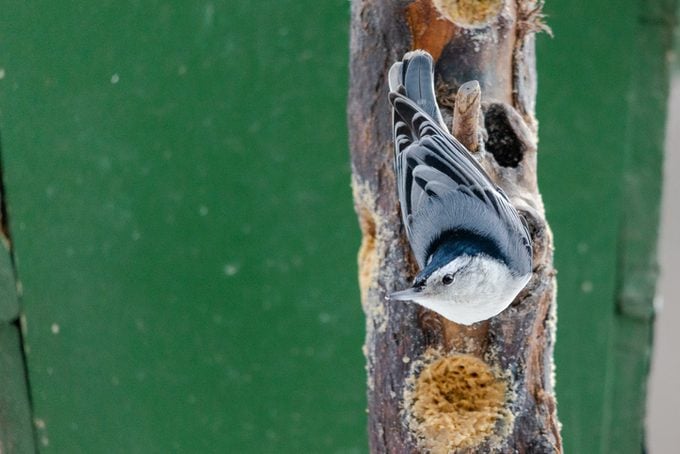
I know many folks who have stopped buying suet cakes and now make their own, with peanut butter as the base. Others have made the switch from feeding peanuts, either in or out of the shell, to offering peanut butter instead. You can stuff the holes of a log feeder with peanut butter or even just smear it on tree bark. Woodpeckers and blue jays relish peanut butter snacks. You can also put it out for species like nuthatches that will store caches of peanuts but would be hard-pressed to stock up on jars of peanut butter!
Jelly
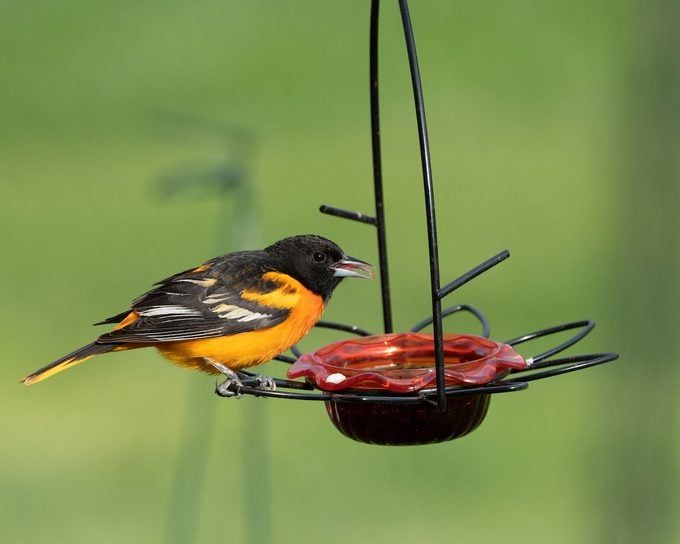
What goes better with peanut butter than jelly? Grape jelly is becoming a go-to offering for orioles. Gray catbirds and red-bellied woodpeckers are among the other species that can’t resist the sweet, fruity stuff. You can buy a special jelly feeder, but any shallow container will also do the trick. Learn how to attract orioles and tanagers with jelly
Fruit
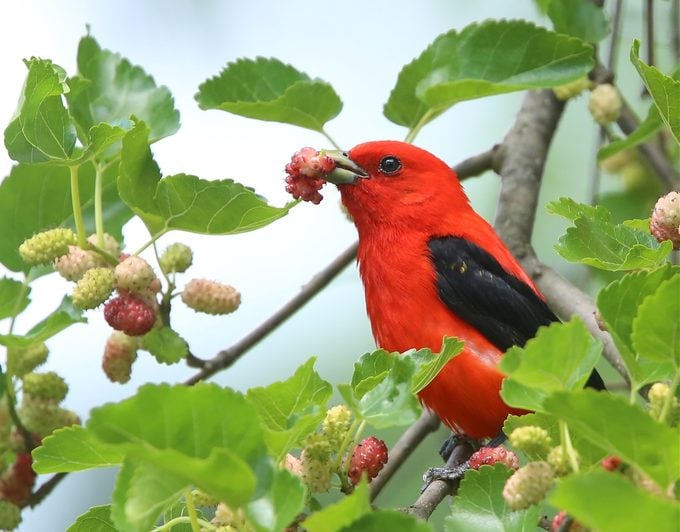
Many lodges in the tropics offer fruit to draw birds in for close viewing. Tanagers are keen on these fruit feeding stations, and some folks who live farther north have been fortunate enough to lure the brilliantly colored western, summer and scarlet tanagers to their own backyards. Orioles love orange halves; when they’ve eaten the fruit, fill the empty peels with jelly. Also try putting out berries or raisins, or experiment with any fruit you happen to have. You just might attract mockingbirds or robins.
Birds That Like to Eat Oranges
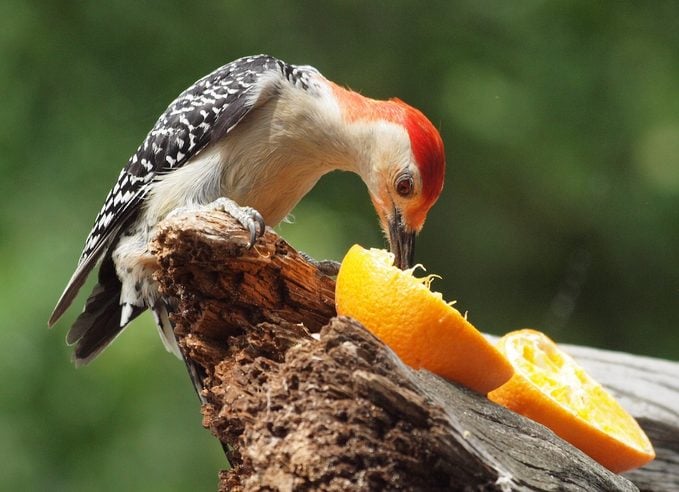
- Gray catbirds
- Red-bellied woodpeckers
- Northern mockingbirds
- Brown thrashers
- Orioles
- Tanagers
- Rose-breasted grosbeaks
Butterflies flock to fruit, too. I’ve used a window feeder to offer apples and bananas and had great success attracting these pretty fliers.
Mealworms
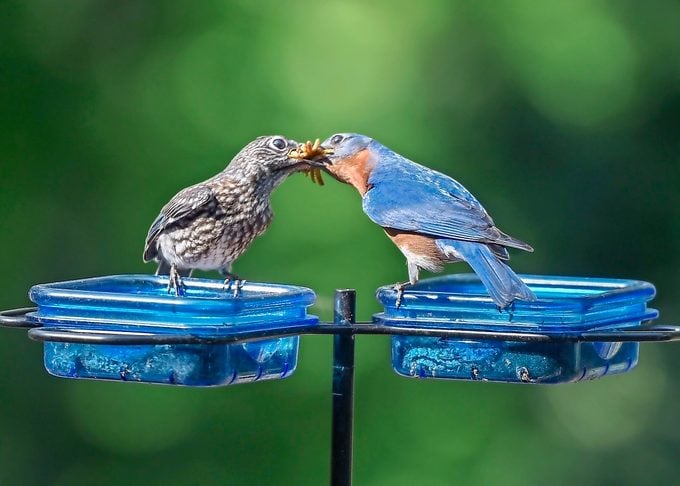
Try adding some mealworms to your buffet. Some people have success with oven-roasted worms, while others swear by the live ones. I keep a container of the latter in my refrigerator door, and the only real maintenance is to toss in a carrot for them once in a while (they need to eat, too!). Mealworm feeders need to be a couple of inches deep so the worms won’t crawl out. Although it might take the birds a while to find your mealworms, once they do, they’ll be hooked. Mealworms are like candy to them. I offer a dozen or so at a time. The birds will quickly train you to feed them on a regular schedule by scolding you when you slack off.
Mealworms appeal to a wide range of birds, including some species that don’t usually come to traditional feeders. Some of the most common are bluebirds and robins.
Roasted Seeds
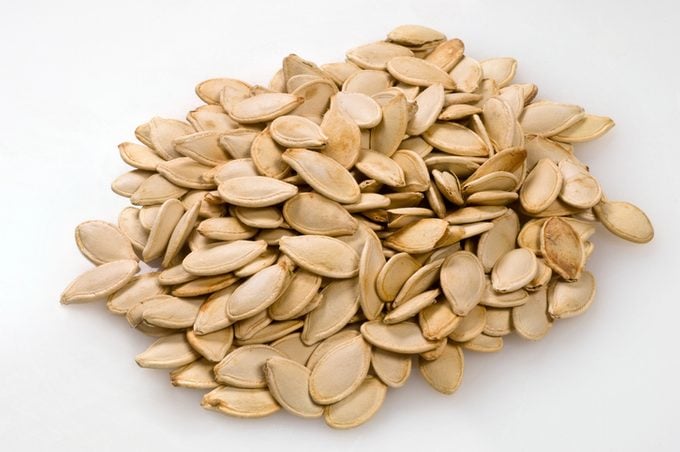
Plenty of birds are seedeaters, but think beyond the usual sunflower seed and safflower seed varieties. Try roasting pumpkin or squash seeds; you can bake up a batch, share half with the birds, plain, and season the other half to your own liking. Then you’ll be snacking right along with the birds that you’re watching. Northern cardinals, sparrows and other seed specialists will especially enjoy the variety.
Baked Eggshells
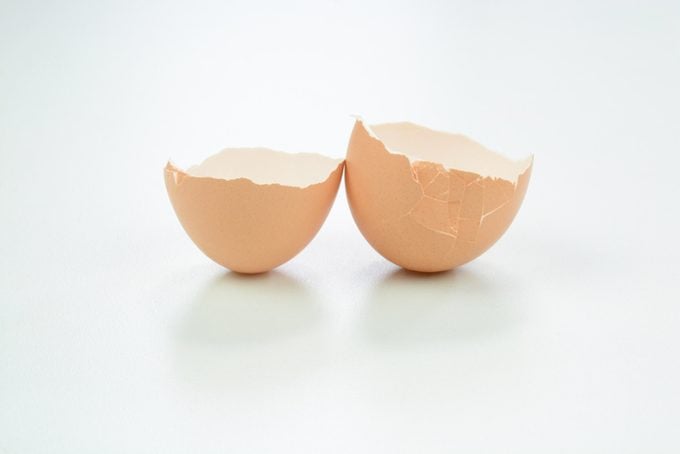
These provide calcium, which can be especially important for females during nesting season. But it’s essential that you wash and bake the shells to kill off any potential pathogens. You wouldn’t want to give your feathered guests food poisoning or something even worse. After you bake the eggshells, crush them and add them to your seed, or just sprinkle them on the ground. You can also offer them in a platform feeder.
Compost
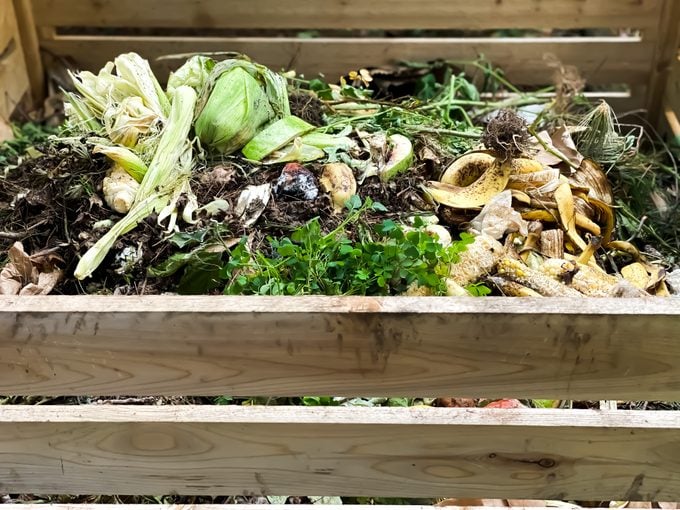
When I was growing up, my grandpa had the biggest compost pile ever. I remember hauling out the scraps in an old ice cream bucket and tossing them on the pile. I also remember that black-billed magpies were always eager to greet me at the pile. Just remember that your compost pile is fair game for other critters, too. I could always count on spotting a raccoon on my grandpa’s after dark.
Stale Nuts
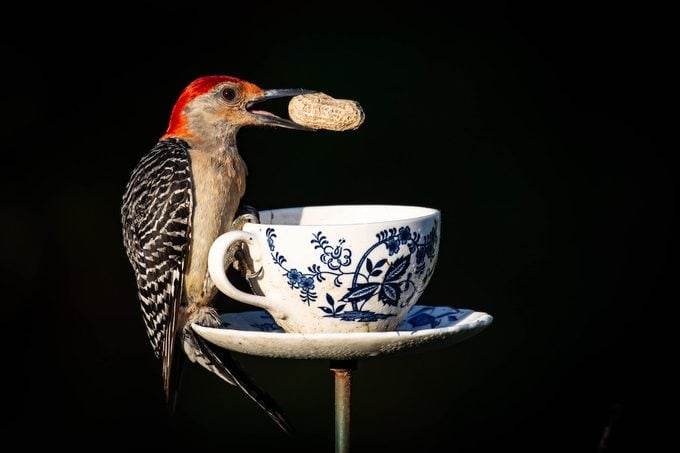
It seems like there are always some leftover nuts around, especially during the holidays. If you’ve got unsalted nuts that are past their prime, put them out and see which birds will take a bite. Here’s how to attract more backyard birds by feeding peanuts.
Plants
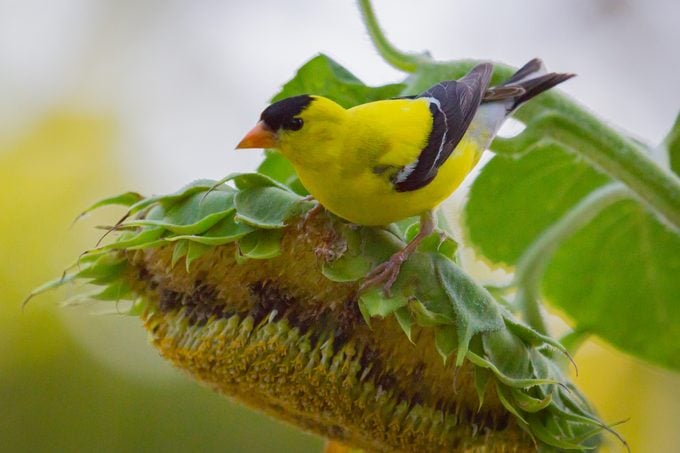
This one might sound obvious, but its importance can’t be overstated. One of the best ways to diversify your backyard feeding station is to garden for birds. (And not just nectar flowers for the hummingbirds.) Plant some native berries or fruit trees, or let your flowers go to seed, and you’ll reap the avian rewards in all seasons.
Learn how to attract birds with coneflowers.
Suet
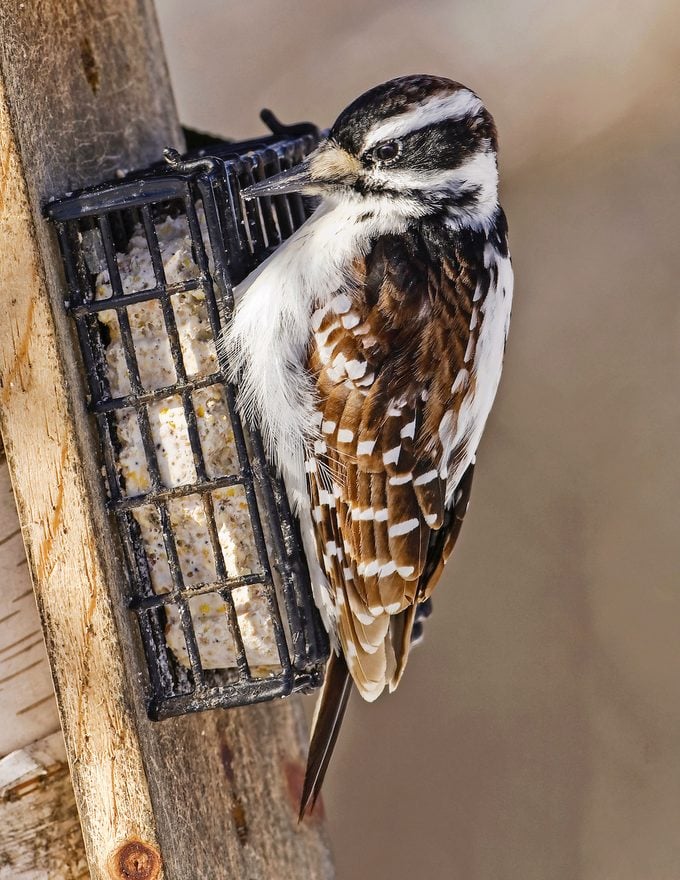
Traditional suet is made of beef fat, but Birds & Blooms hears frequently from readers who rave about their homemade suet recipes. Some use lard, peanut butter, raisins and birdseed to make homemade suet cakes. So experiment with the foods mentioned above and see what tasty bird treat you can come up with!
The Least Picky Eaters
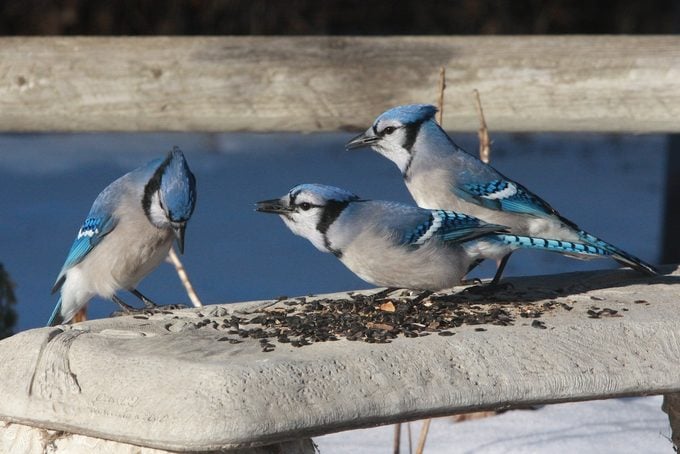
No matter what you’re serving, these birds will eat it.
- Blue jays will eat just about anything and are not bashful about it.
- Red-bellied woodpeckers are known for munching on seed, suet, fruit, mealworms and many other offerings.
- Grackles are not just less picky eaters, they’re also some of the messiest.
